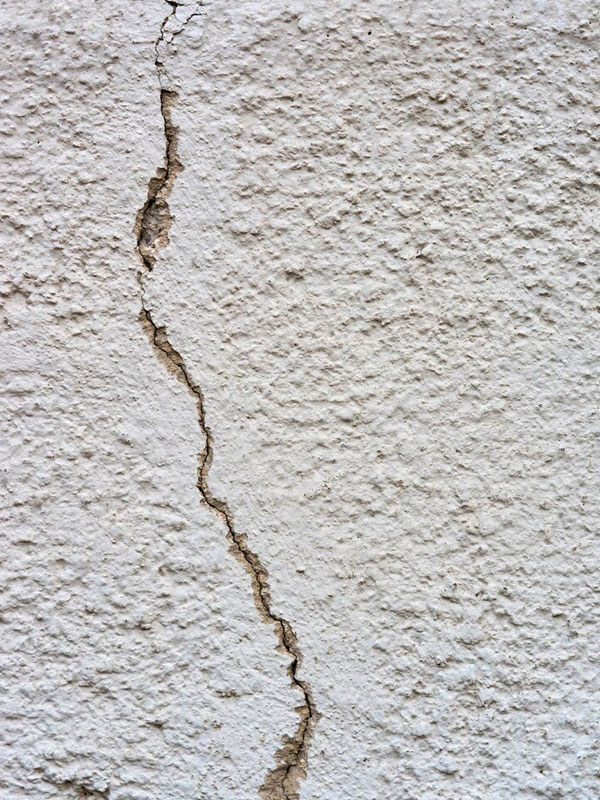What is Cracked Render Repairs?
Over time, even the best-rendered surfaces can develop cracks due to natural building movement, weather exposure, or underlying structural issues. Cracked render repair is the process of restoring damaged or failing render to its original smooth, protective, and visually appealing condition.

At Rapid Rendering we specialise in identifying the root cause of render damage and applying long-lasting repairs that not only fix the issue but also help prevent it from recurring.
What Causes Render Cracks?
Cracks in render can occur for a variety of reasons, including:
- Natural building movement or settling
- Thermal expansion and contraction
- Moisture ingress behind the render
- Poor surface preparation during initial application
- Using incorrect or low-quality render materials
While some small hairline cracks may be cosmetic, larger or expanding cracks can compromise the integrity of your wall system — leading to water damage, mold, and further structural issues if left untreated.
How is Cracked Render Repair repaired?
At Rapid Rendering Company, we follow a comprehensive and professional approach to ensure your render is properly restored:
Inspection & Diagnosis
We begin with a detailed assessment of the cracked areas to determine the underlying cause of the damage. This helps us recommend the right solution — not just a quick patch-up.
Surface Preparation
Cracked or loose render is carefully removed and the substrate beneath is cleaned, repaired, and primed as needed to ensure proper adhesion.
Crack Treatment
Depending on the severity, we apply high-quality flexible fillers, mesh reinforcement, or jointing systems to bridge the cracks and prevent them from reappearing.
Render Application
We blend and reapply a compatible render mix to match the existing wall finish in texture and thickness. This ensures a seamless repair that’s both durable and visually consistent.
Finishing & Coating
To complete the repair, we can apply a texture coat, membrane, or paint finish to blend the repaired section with the surrounding wall — leaving no visible trace of the original damage.

